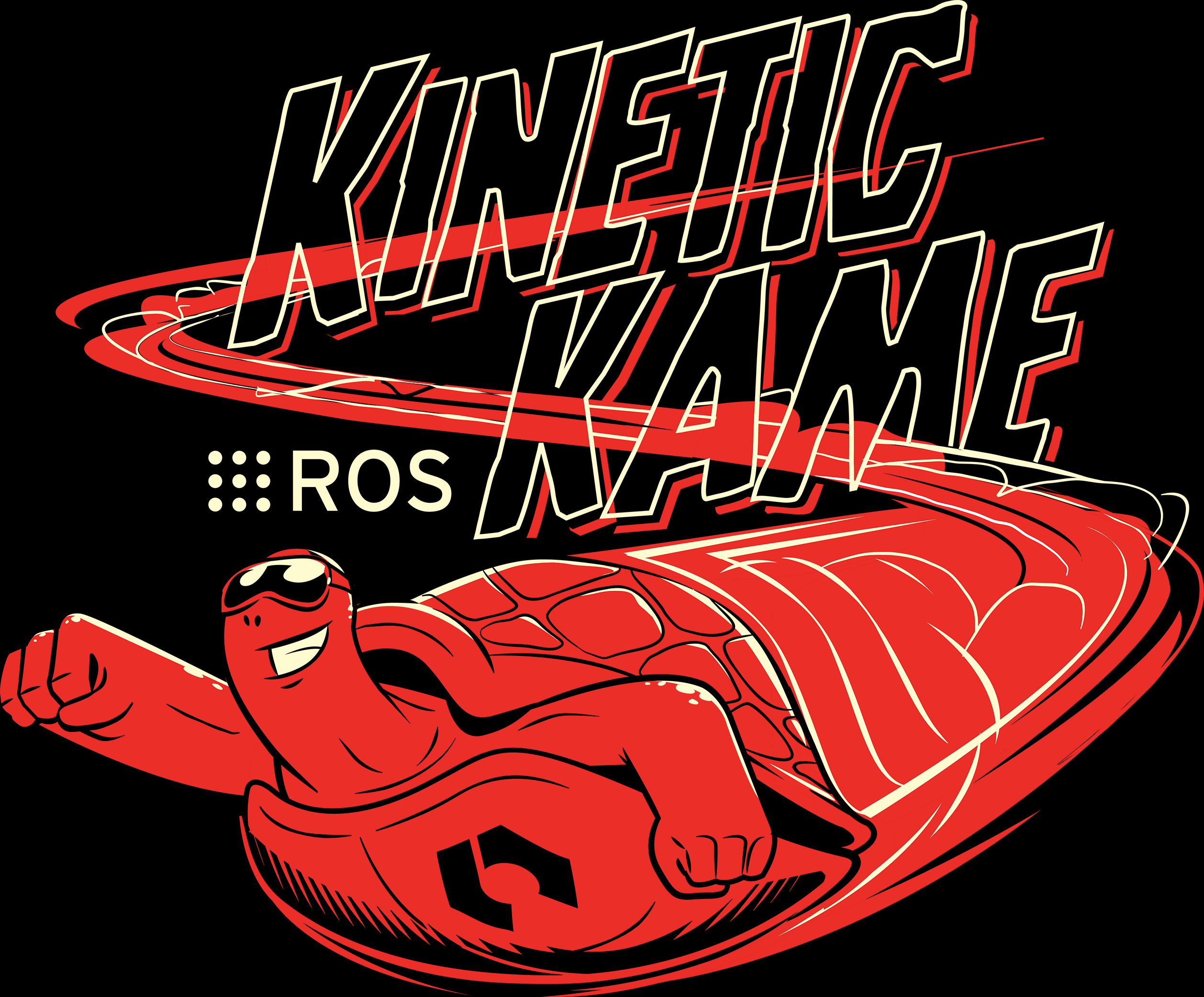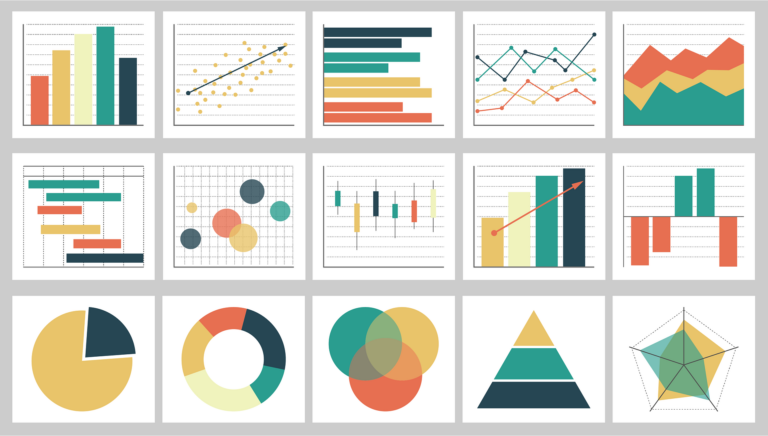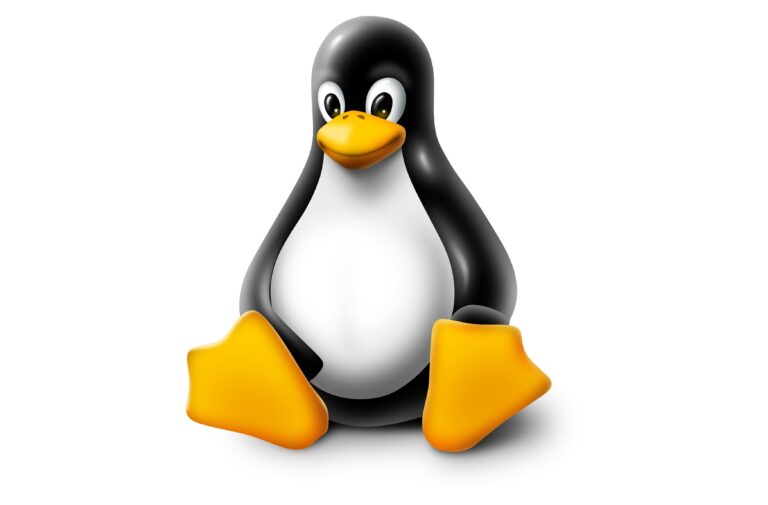From ROS 1 to ROS 2: Evolution of Robot Operating Systems
In the realm of robotics and autonomous systems, the evolution of technology has led to the development of advanced software frameworks. Frameworks that facilitate efficient robot programming, communication, and collaboration. One such revolutionary advancement is the transition from ROS (Robot Operating System) version 1 to version 2. In this blog post, we will delve into the key differences between ROS 1 and ROS 2. Highlighting their respective features, benefits, and challenges.
ROS 1: A Pioneer in Robot Operating Systems
ROS 1, initially released in 2007 by Willow Garage, laid the foundation for a standardized platform to develop robotic applications. It gained widespread adoption due to its modular architecture, extensive library of packages, and vibrant community support. However, as robotic technologies evolved and the scope of applications expanded, certain limitations of ROS 1 became apparent.
- Communication Paradigm: This version primarily relied on a publish-subscribe communication model, which often resulted in network congestion and increased latency when dealing with large-scale robotic systems.
- Real-time Capability: ROS 1 lacked native support for real-time applications, posing challenges for robots that required precise timing and synchronization.
- Security and Scalability: ROS 1’s security mechanisms were minimal, and the framework faced scalability issues when dealing with complex distributed systems.
ROS 2: Addressing the Limitations
ROS 2 emerged as a response to the shortcomings of ROS 1, with a focus on improving various aspects of robotic system development. The following are the key areas where ROS 2 has introduced significant enhancements:
- Communication Middleware: ROS 2 adopts the Data Distribution Service (DDS) as its default communication middleware. DDS optimizes data exchange between nodes, enabling better scalability, reduced latency, and improved reliability. This makesit suitable for larger and more complex robotic systems.
- Real-time Capabilities: ROS 2 introduces mechanisms to support real-time operations, critical for applications like industrial automation and autonomous vehicles. This enhancement ensures precise timing and synchronization, enhancing the overall performance of robotic systems.
- Security: ROS 2 places a strong emphasis on security by providing authentication and access control features. This is particularly crucial as robots become more integrated into sensitive environments like healthcare and defense.
- Modularity and Composability: While ROS 1 had a monolithic architecture, ROS 2 embraces modularity and composability, allowing developers to create more efficient and maintainable robotic systems.
- Platform Independence: ROS 2 is designed to be more platform-independent, enabling deployment across a broader range of operating systems and hardware architectures.
Choosing the Right Fit
The decision between ROS 1 and ROS 2 depends on several factors, including project requirements, application complexity, and desired features. Here’s a brief guide to help you decide:
- ROS 1: If you are working on a project with a well-established codebase in ROS 1, transitioning to ROS 2 might require substantial effort. However, for smaller-scale projects or those not reliant on real-time capabilities, ROS 1 can still be a suitable choice.
- ROS 2: For projects demanding real-time capabilities, enhanced security, and scalability, ROS 2 is the preferred option. Additionally, if you’re starting a new project, ROS 2 offers a more future-proof choice, given its ongoing development and improved features.
Challenges and Migration
While ROS 2 brings a multitude of benefits, migrating from ROS 1 to ROS 2 can be a complex process. The differences in communication paradigms, codebase structure, and middleware necessitate careful consideration and potential code modifications. However, the ROS community actively supports migration efforts, providing tools and resources to ease the transition.
Conclusion
In the rapidly evolving field of robotics, the transition from ROS 1 to ROS 2 signifies a significant step forward. ROS 2’s advancements in communication, real-time capabilities, security, and modularity address many limitations of its predecessor. This makes it a compelling choice for developing new and modern robotic applications. As both frameworks continue to coexist and evolve, developers must carefully assess their project requirements to determine which version is the more suitable platform. Regardless of the choice, the community ensures that developers have the support needed to create innovative and impactful robotic systems.
References
- Wiki:
- Discourse:
- ROS Discourse – An active online forum where the ROS community discusses various topics related to both ROS 1 and ROS 2. It’s a great place to ask questions, share experiences, and stay updated.
- Tutorials and Courses:
- ROS 1 Tutorials – A collection of tutorials covering various aspects of ROS 1 development, from basic concepts to more advanced topics.
- ROS 2 Tutorials – A series of tutorials designed to help users get started with ROS 2, covering installation, key concepts, and practical examples.
- Videos:
- ROSCon Talks – The annual ROSCon conference features talks and presentations that often discuss the advancements and comparisons between ROS 1 and ROS 2.
- Migration Guides:
- ROS 1 to ROS 2 Migration Guide – A guide that outlines the process of migrating from Version 1 to 2, including tips and considerations.
- Online Courses:
- Platforms like Udemy, Coursera, and edX often offer courses on ROS development, providing structured learning paths and hands-on exercises.
The cover image is sourced from https://github.com/ros-infrastructure/artwork/tree/master and is used under the Creative Commons Attribution-NonCommercial 4.0 International License.






